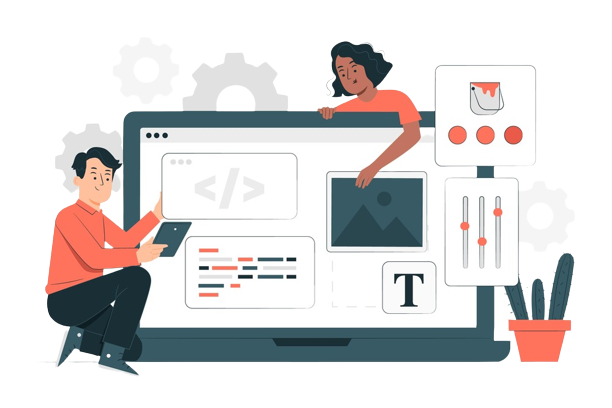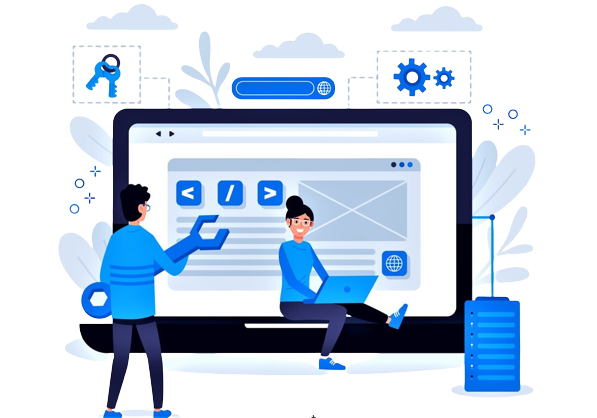Enterprise Web Design
Our enterprise web design team isn’t just experienced they’re also armed with serious AI-driven know-how. We create websites so captivating, they might just make your competitors green with envy. But it’s not all about the looks: each site merges technical mastery, strategic UX, and creative flair to ensure your brand stands out from the pack and leaves a lasting impression. Put us in charge, and get ready to watch your website traffic and revenue surge to new heights.


